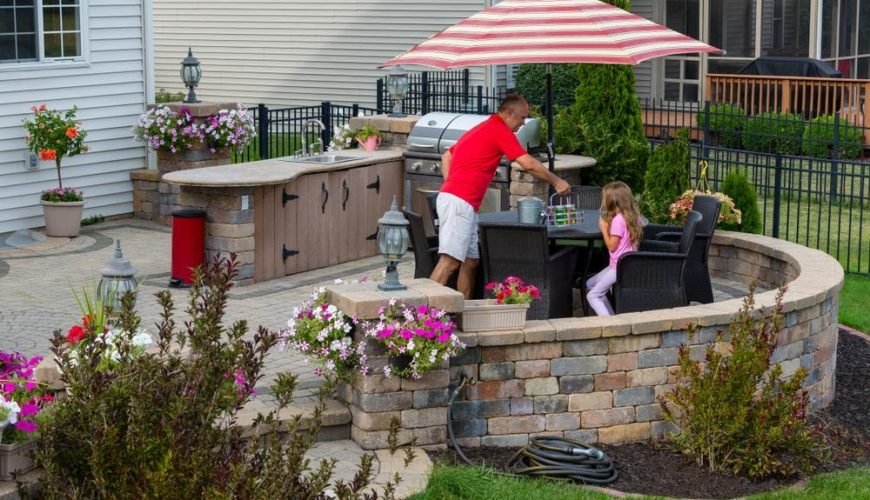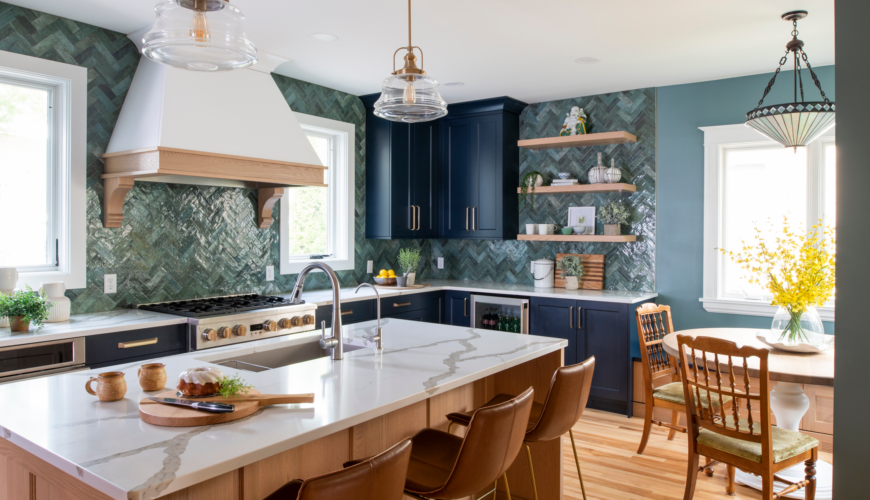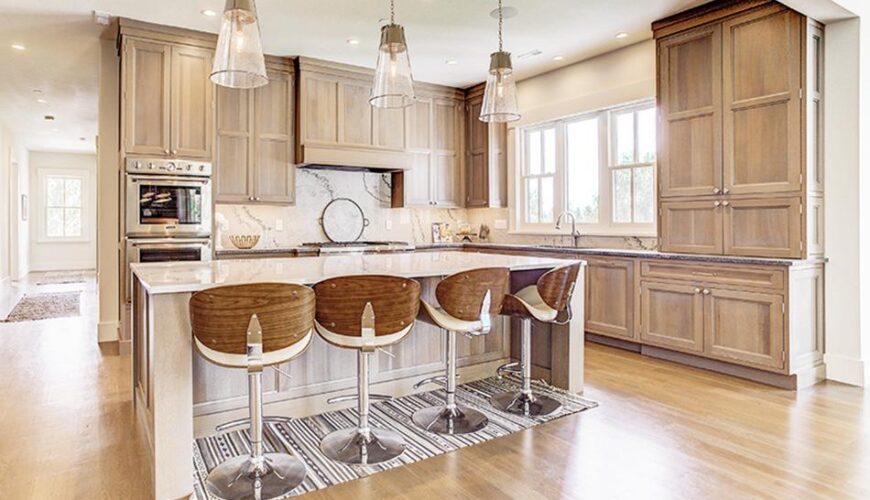The average landscape project is going to involve blocks of some kind. Possibly concrete blocks and more likely cinder block. However, these are not the only two options for building landscape walls. There’s also stonewall and its cousin the adobe brick wall. Either one may be the best choice for your next project based on a few criteria.
What is a Retaining Wall?
Retaining walls are structures built to resist the lateral pressure of soil, and may be constructed with various materials including rock, concrete, masonry, steel or wood. They can also serve as features in landscape design.
In the construction industry, a retaining wall is part of a very complex system that holds raw materials and prevents them from flowing away. Every retaining wall must have at least two walls: one/wall inside the other. The retaining wall outside holds back the mass of raw materials from the concrete and water on the inside of the second wall.
Types of Retaining Walls
Retaining walls are an important landscaping element in building and construction projects. There is a variety of different retaining wall materials on the market to choose from. The most common are concrete, block, and sandbag walls. All types of retaining walls have specific areas that run into trouble when not constructed correctly.
-
Concrete
The idea of having a retaining wall may sound like a great solution to your landscaping woes. A concrete retaining wall is in fact ideal if you are having a problem with the soil on the front or back of your house slumping, which is not an uncommon occurrence.
If you’re looking for the most cost-effective solution to build a low retaining wall, then a concrete retaining wall could be your answer. A concrete wall can be installed very quickly without the need for concrete reinforcement. You can save yourself days or weeks and thousands of dollars!
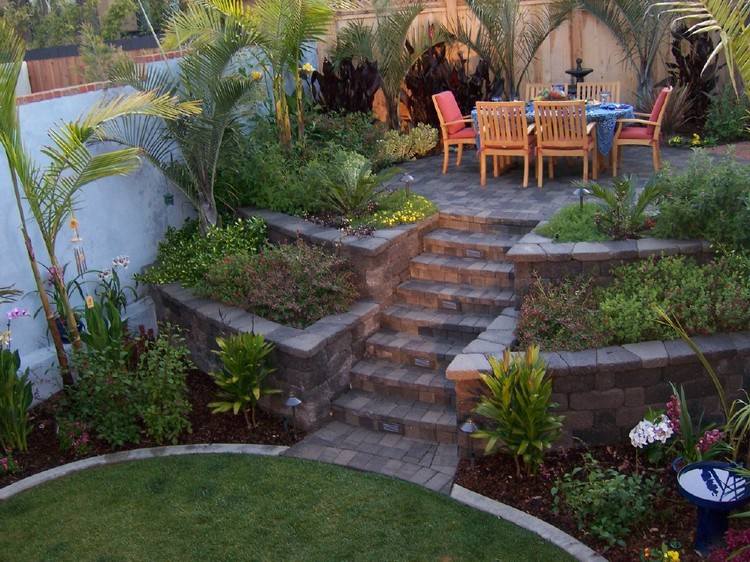
-
Block
A block retaining wall is a better option for home use. This type of wall requires less maintenance, and you can expand its capacity or change the appearance at any time without damaging your yard.
No special skills are required to build a block retaining wall, and they are great for features like steps, benches and seating areas. But it’s important to check your local building bylaws.
-
Sandbag
Sandbag retaining walls are ideal for sloping ground as the bags can be placed directly against the slope and do not require other forms of support.
A sandbag retaining wall is a useful and effective solution for stabilizing land in a variety of ways. They are much more affordable than precast concrete walls and can be set up in any configuration you want to get the job done.
Why Do You Need to Build Retaining Walls?
There are many reasons for retaining walls: to hold back earth from a hillside on which you want to build, as a noise or traffic barrier, or for aquaculture.
For side slopes that match the grade of your property, retaining walls bring the yard back into scale with the home. Use them to make better use of valuable space along waterways or driveways, create a steeper lawn or landscape area, or even add a pool. They can support decks and patios, prevent erosion and backups if you have a sump pump in place.
Whether for aesthetic or functional requirements, retaining walls have been used for centuries to change the direction of a site’s contours.
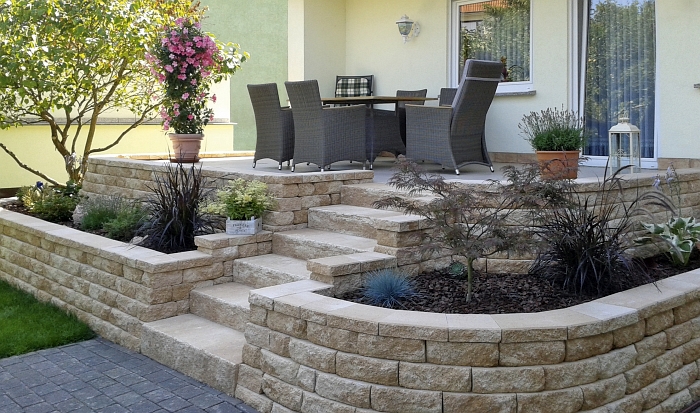
Inexpensive DIY Ideas to Build Your Retaining Walls
If you have a slope on your property that you want to keep from eroding away and turning your yard into a mud pit then, a retaining wall is the most affordable solution and it looks really nice too. The larger the wall, the more expensive it will be.
What you can do to cut costs is save up bottles and jars or use any other material you may already have on hand that was intended for garbage, drilling holes in them and using them as drainage rocks for cheap decorative landscaping rocks.
A successful retaining wall is a critical part of any landscaping project, but they’re not only functional. They can be the most attractive landscape feature you build. The first step in building a retaining wall is to plan what you want it to look like. First, locate the property line and begin drawing out a design on graph paper.
Next, submit your plans to your local zoning department for approval. It’s important that you follow any specific guidelines set forth by the city or town before beginning construction. You may also need to get approval from any neighbouring property owners if they’ll be affected by your proposed wall.
What Are Cheap Retaining Walls Material You Can Use?
Retaining walls are made from different types of materials. You can use concrete, brick, wire mesh, stone that is available locally, etc. A decent retaining wall will be affordable and a great addition to your property. It’s important that you choose a material that is durable and will last a number of years so you don’t have to worry about maintaining the walls. Using wood is not recommended as they do not hold their shape and look very messy.
Construction work is really a lot of fun, providing it does not call for creativity which you lack and that the activity can actually be done with no help from others.
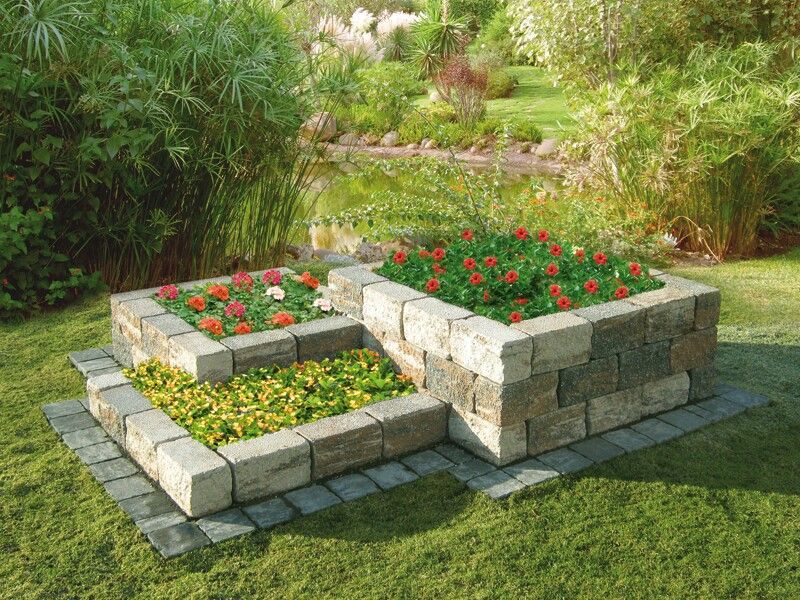
What Are the Required Tools?
Generally speaking, the tools required for building a retaining wall should include: A level string, shovel, posthole digger, wheelbarrow, tape measure, and a shovel. In some cases, you may need to rent a concrete edging machine depending on how tall the wall is and how many vertical posts are being used.
As your retaining wall goes up, it is critical to maintain proper spacing between the wall and the material behind or below it. Build a simple 1 inch-deep by 2 inch-wide notch at the back of each block using a stone mason’s hammer and chisel. Use this notch as a male (stem) angle for your wire. With this simple tool, you will easily be able to achieve proper placement of wall blocks as well as keep track of the actual length needed to build your project.
We would highly recommend purchasing a soil testing kit as well as a geotechnical profile kit. Both of these kits will cost around $200 but are well worth it for the peace of mind they give you.
The whole process is not very difficult and all you need are a few basic tools. By the way, it can save you thousands of dollars from hiring professionals such as Envirocon.
Final Word
Whether you’re a gardening expert or novice, creating an attractive landscape design is easier than you think. All that’s required are the right tools and products for the job. Great looking landscapes start with proper design planning, which is why it’s essential to work with experienced professionals who can help guide you through each step of the process.

